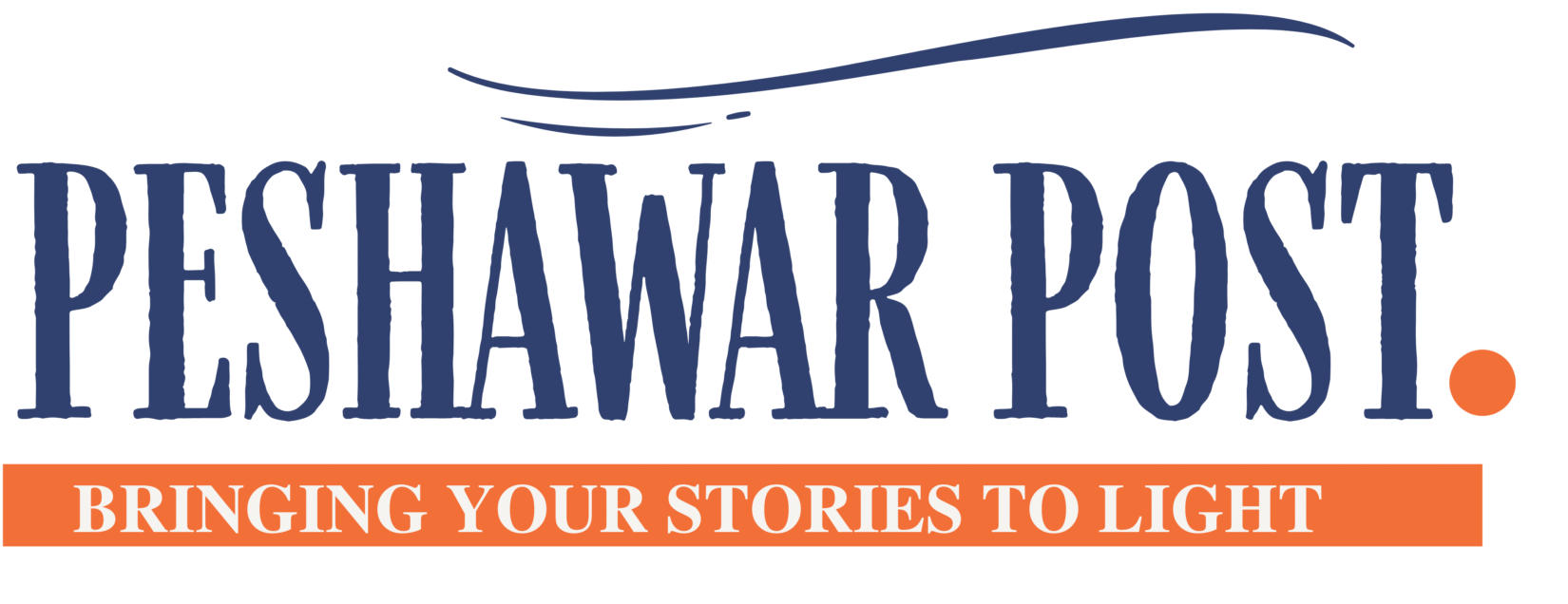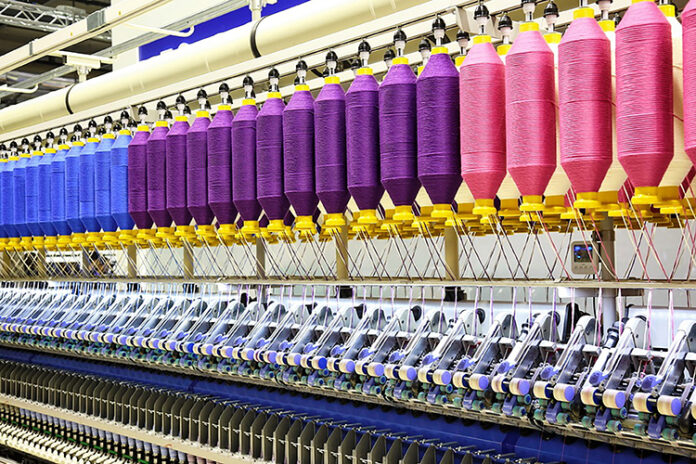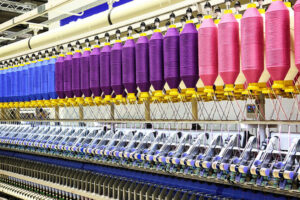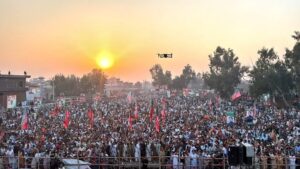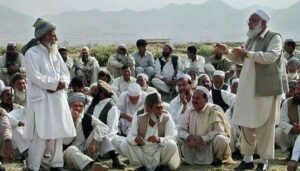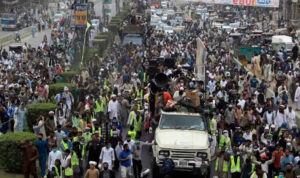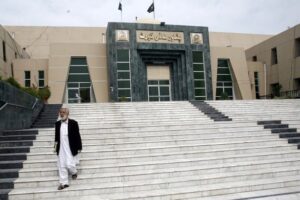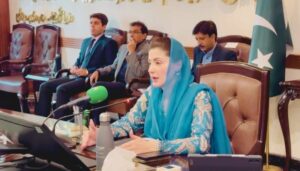When Prime Minister Shehbaz Sharif announced a significant cut in power tariffs for Pakistan’s agriculture and industrial sectors — bringing electricity prices down to 23 rupees per unit from the previous 34 and 38 rupees — the statement was hailed as a welcome move.
He assured the nation that this three-year government incentives and relief packages plan would boost production while ensuring that the financial burden would not fall on domestic consumers.
Also Read: Pakistan’s Eggs Find A New Market: America Joins the Export List
But as with every promise of reform, a deeper question lingers: who really benefits from these government incentives and relief packages?
According to government officials, this policy comes at a time when Pakistan is struggling to increase its industrial and agricultural output, reduce its massive import bill, and expand exports.
Alongside this decision, negotiations with the International Monetary Fund resulted in a reduction of the tax collection target by 150bn rupees , lowering it from 14,131bn rupees to 13,981bn rupees. The government justified this adjustment as necessary, given the recent flood damage and economic strain.
The relief, on paper, sounds like an economic breakthrough — cheaper electricity, lighter taxes, and renewed focus on production. Yet, history suggests a pattern: the benefits of government incentives and relief packages rarely trickle down to the ordinary citizen.
Also Read: Pakistan textile industry: how the sector fights to stay competitive
Over the years, successive governments have announced incentives and relief packages for industries and farmers alike. Lower electricity and gas bills, concessions on raw material imports, and easier access to bank loans have been introduced repeatedly as “growth boosters.” But these incentives have failed to create a direct or measurable benefit for the general public.
The absence of a transparent mechanism remains the core issue. Whenever the government offers incentives to reduce production costs, there is no system ensuring that industries pass those benefits on to consumers. In contrast, when taxes, fuel prices, or production costs rise, businesses are swift to transfer the burden — often more than necessary — to the public.
Also Read: KP Launches 18 Agriculture Projects to Combat Climate Change
This imbalance turns every relief package into a one-sided arrangement. The powerful sectors gain immediate comfort, while consumers continue facing rising prices and shrinking purchasing power. Electricity subsidies for industries, for example, are rarely reflected in cheaper goods or better local employment. The same applies to agricultural concessions — cheaper inputs for farmers seldom translate into affordable food for citizens.
In essence, incentives and relief packages create a cushion for producers but not for the public. When costs go up, citizens pay instantly; when costs go down, they see no change. The economic chain remains broken — its benefits trapped at the top.
Also Read KP Invests Rs203bn in 413 Eco-Friendly Projects Over Eight Years
If the government’s intention is truly to strengthen Pakistan’s economy, the next step must be accountability — ensuring that industrial and agricultural relief translates into lower market prices, improved job creation, and tangible public benefit. Without such a framework, each new incentive will remain what it has always been: a promise suspended between political optimism and public disillusionment.
A collaborative approach — involving policymakers, producers, and consumer rights advocates — could finally bridge this gap. Until then, the question remains unanswered: when the government offers incentives and facilities, does the common citizen ever see their share of the relief?
